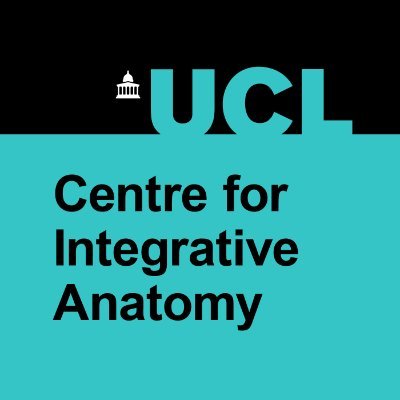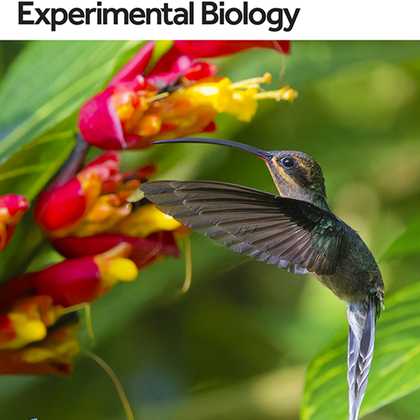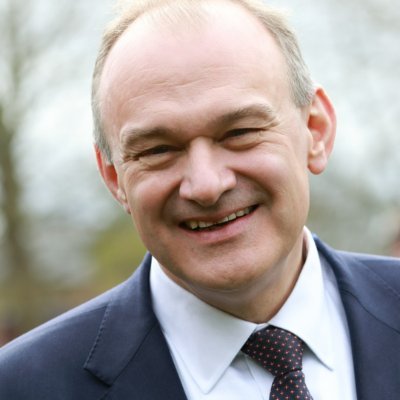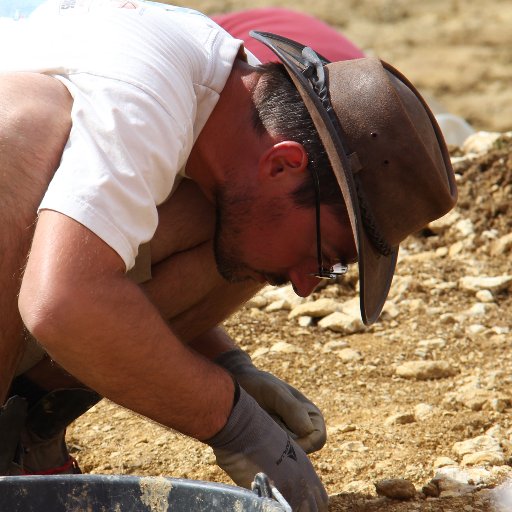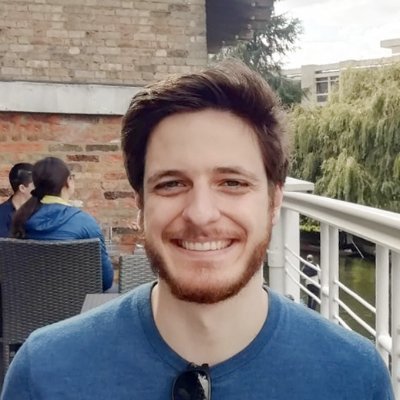
Dr. Oliver Demuth
@OliverDemuth
Followers
2K
Following
21K
Media
419
Statuses
7K
Junior Research Fellow - Earth Sciences @ClareCollege | Professional Scientific Illustrator | PhD @Cambridge_Uni | MSc @BristolPalaeo | BA @ZHdK | 🇨🇭 in 🇬🇧
Cambridge, England
Joined September 2016
🚨Palaeoanthropology jobs @ Uni of Cambridge🚨 🦴🐒🦍🦧☠️ Both are 3-year long roles Closing date 12th Jan ✨Research Associate/Assistant in Human Evolutionary Anatomy https://t.co/zhTfXRFvyC ✨Research Associate/Assistant in Evolutionary Biomechanics
cam.ac.uk
Fixed-term: The funds for this post are available for 36 months in the first instance. The post holder will work as part of the ERC Starting Grant project STEPS: Biomechanical simulations of hominin
0
3
4
Great news! We can now publish full details of our timetable for our Annual #Symposium on Th 19Feb2026 in London, celebrating #UCL200 and focusing on #Anatomy: Past, Present & Future. Please order your FREE ticket and obtain further info: https://t.co/apfVIZp6LU
@UCLEvents
0
5
6
Save the date: 19Feb2026. Our all-day #symposium, celebrating #UCL200, is now bookable, FREE: https://t.co/apfVIZoyWm Topic: #Anatomy: Past, Present & Future - 14+ speakers, plenty of discussion/networking opportunities; refreshments & lunch included @UCLEvents @ucl @uclnews
0
4
4
🚨Postdoc available in Palaeoanthropology 🚨 Are you trained in anatomy? 🦴 Interested in human evolution and functional morphology? Join us at @Cambridge_Uni for a 3-year PDRA position! 🗓 Deadline: 12 January 📅 Start date: from March https://t.co/SIHmlPfbmZ
@ERC_Research
cam.ac.uk
Limited funding: The funds for this post are available for 36 months in the first instance. The post holder will work as part of the ERC Starting Grant project STEPS: Biomechanical simulations of
0
6
11
The code can be found on Zenodo: https://t.co/FIbxSRGYEj and on GitHub:
github.com
Signed distance field-based simulations of joint range of motion and path (ligament) wrapping around obstacles (bones) for Autodesk Maya - OliverDemuth/MayaSignedDistanceFields
0
0
2
We applied these simulations to the shoulder mobility and its soft tissue constraints in Partridges! Read the paper here:
journals.biologists.com
Summary: Experimental ex vivo data and in silico simulations shed light on the function of ligaments in the bird (partridge) shoulder joint in maintaining shoulder articulation and constraining joint...
1
1
1
The soft tissue simulations calculate the lengths of ligaments from origin to insertion wrapping around the 3D bone meshes, while preventing penetration/impingement. The lengths of these ligaments can then be used to constrain the ROM to a more functional ROM estimate.
1
0
0
The proximity based range of motion simulations, leveraging signed distance fields, allow to simulate physiologically accurate joint behaviour. The translations are optimised for each rotational pose to maximise overlap of the articular surfaces and prevent disarticulation.
1
0
1
Version 1.1 of my SDF simulations are out! This update significantly improves the runtime of all simulations while making the installation a lot easier! ROM simulations used to take days, now they only take a few hours and include physiological accurate soft tissue constraints!
1
4
8
What’s the point of Keir Starmer employing an economics advisor if he ignores her on the biggest economic issue of the day?
183
334
854
The dependencies (i.e., pytricubic) are currently a bit cumbersome to install for @AdskMaya, but I am working on an update removing pytricubic and only relying on @numpy_team and @SciPy_team and in the process improving the runtime by another 5 to 15%(!). Stay tuned!
0
0
0
The PDF can be found here: https://t.co/33aRrQSZH3 While we focused on the bird shoulder, the proposed workflow can be applied to all sorts of joints in the vertebrate skeleton (vertebrae, wrist, hip, knee, toes, jaws, etc). If you want to explore the method please get in touch!
journals.biologists.com
Summary: Experimental ex vivo data and in silico simulations shed light on the function of ligaments in the bird (partridge) shoulder joint in maintaining shoulder articulation and constraining joint...
1
0
0
The final PDF of our XROMM study on bird shoulders w/@JohnRHutchinson & @fieldpalaeo is now available at @J_Exp_Biol! This study would not have been possible without the support of an @EAVPalaeo research grant (OED), @ERC_Research Horizon 2020 grant (JRH) & @UKRI_News FLF (DJF)
1
10
21
🚨 Palaeo jobs alert!! 🚨 Two(!!) postdoc positions available in Cambridge! Human Evolutionary Anatomy: https://t.co/sPmO6oDgBx Evolutionary Biomechanics: https://t.co/UHoa8naEbk As part of the @ERC_Research funded STEPS project!
cam.ac.uk
Fixed-term: The funds for this post are available for 36 months in the first instance. The post holder will work as part of the ERC Starting Grant project STEPS: Biomechanical simulations of hominin
🚨 Postdoc roles 🚨 Two 3 year long PDRA positions @ Cambridge uni are now available on the STEPS ERC project! One on human evolutionary anatomy and one on evolutionary biomechanics! 🐒🦧🦴 Apply by clicking below & please distribute to anyone suitable: https://t.co/GcQAUlRKJh
0
3
6
🚨 Postdoc roles 🚨 Two 3 year long PDRA positions @ Cambridge uni are now available on the STEPS ERC project! One on human evolutionary anatomy and one on evolutionary biomechanics! 🐒🦧🦴 Apply by clicking below & please distribute to anyone suitable: https://t.co/GcQAUlRKJh
cam.ac.uk
Fixed-term: The funds for this post are available for 36 months in the first instance. The post holder will work as part of the ERC Starting Grant project STEPS: Biomechanical simulations of hominin
1
6
7
My message to Rachel Reeves ahead of the Budget: Don’t just blame the Brexit damage, fix it.
228
253
947
@UCamArchaeology @CamBioanth @ERC_Research Two other positions will also shortly be advertised: 1 x PDRA in Evolutionary Biomechanics 1 x PDRA in Human Evolutionary Anatomy ^both positions available for 36 months on the STEPS project If interested, email me: alw96 [at]
0
2
4
The new Swiss natural history collections portal from #SwissCollNet is officially live: https://t.co/jUvks8Z4Mg Don’t miss the intro video featuring some of our team, @FossilTurtles & @LaraSciscio!
The Swiss natural history collections portal resulting from the #SwissCollNet initiative is now online: https://t.co/mdBjL2usEw Watch the cool introductory video here (look for @LaraSciscio and I): https://t.co/o9DKDdmzgK 🦖🦕 @JURASSICAMuseum
0
2
4
🚨Job position @ Uni of Cambridge 🚨 Hiring a Project Coordinator for 5 years at 0.5 FTE on the ERC Funded STEPS project. Closing date for application 2nd January 2026, interviews ~3 weeks later! Apply here: https://t.co/Ll94rH44Pa
@UCamArchaeology
@CamBioanth
@ERC_Research
cam.ac.uk
The post holder will work as part of the ERC Starting Grant project STEPS: Biomechanical simulations of hominin locomotion across complex terrains led by Principal Investigator Dr Ashleigh Wiseman
1
4
4


